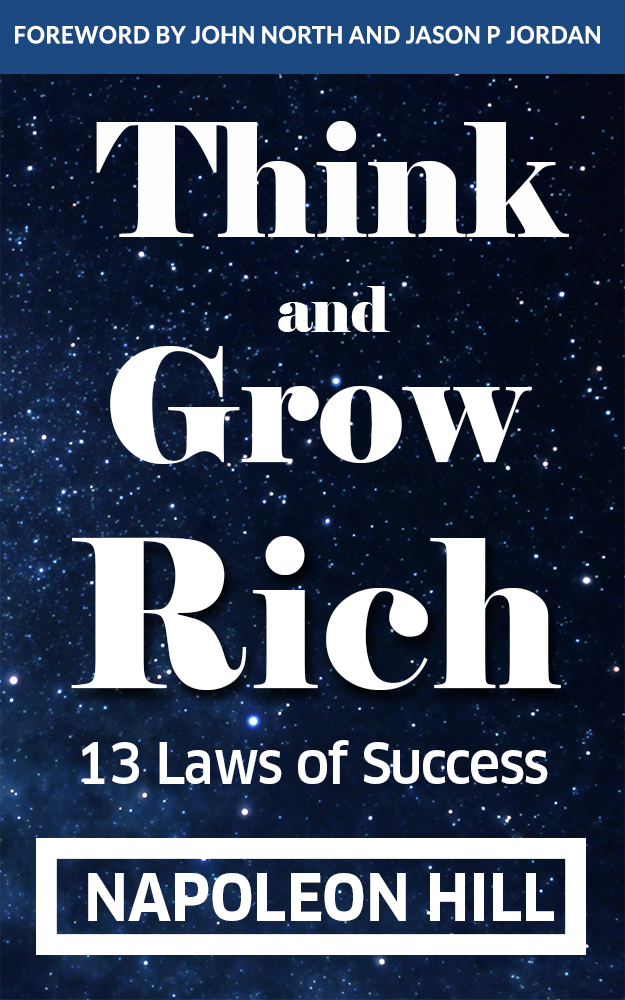My Life & Times In Doomadgee
by Maree Manly
GRAB A COPY HERE: https://evolveglobalpublishing.com/show-book/
Maree Manly's "My Life & Times At Doomadgee" offers a personal and insightful look at the Aboriginal community of Doomadgee, Queensland, during a period of significant transformation. Through anecdotes and observations, Manly, a former Liaison Officer, paints a vivid picture of life in this remote community as it emerged from decades of control by the Exclusive Brethren missionaries and grappled with newfound freedoms and challenges.
Main Themes:
- Transition from Mission Control: The book vividly depicts the shift from the restrictive rule of the Exclusive Brethren to self-governance by the Doomadgee Council. This transition, while positive in principle, brought its own complexities as residents accustomed to strict control navigated newfound autonomy.
- "Residents came into my office to ask permission to leave the community and I advised them that they did not have to do that any longer, as they were free to come and go as they wished! After 43 years of asking permission, it was hard for them to understand that they were now free to make their own decisions." (Chapter 2)
- Cultural Resilience: Despite attempts by the missionaries to suppress Aboriginal culture, Manly highlights the enduring strength and resilience of traditions, language, and customs. From secret song and dance practices to traditional medicine and storytelling, the community's cultural identity persevered.
- "Even though their culture was suppressed, it was driven underground and still practised. It goes to show how strong Aboriginal culture is, no matter what their background!" (Chapter 2)
- Challenges of Remoteness: Manly doesn't shy away from depicting the challenges inherent to life in a remote community, including extreme weather, limited access to services, and the impact of social problems like alcoholism and gambling. However, she also emphasizes the strong sense of community and resilience of the people.
- "Life in Doomadgee was busy and challenging every day...the isolation got to me sometimes, especially when the heat was at its height." (Chapter 2)
- Importance of Self-Sufficiency: Throughout the book, Manly underscores the significance of community-driven initiatives and economic opportunities. From successful industries like the butchery and bakery to the introduction of CDEP (Community Development Employment Projects), she emphasizes the positive impact of self-sufficiency and local employment.
- "Life did get better for the people when CDEP (Community Development Employment Projects) was introduced as work for the dole. Men and women could stay in the community and look after their own children and the elders. It was so great to see people coming to work each morning!" (Chapter 2)
Key Observations and Facts:
- Missionary Control: The Exclusive Brethren exerted significant control over residents' lives for 43 years, dictating everything from employment and finances to marriage and cultural practices.
- Health Challenges: Manly discusses challenges related to healthcare access, highlighting the critical role of the Flying Doctor service and the difficulties faced by expectant mothers who had to relocate to Mt Isa weeks before giving birth.
- Education: The book touches upon the state of education in Doomadgee, acknowledging the efforts of dedicated teachers while also pointing out the need for greater parental involvement and addressing misconceptions about Aboriginal children's learning capabilities.
- Social Issues: Manly candidly addresses the impact of alcohol and gambling, linking these issues to the historical context of missionary control and the ongoing challenges of isolation and limited economic opportunities.
Overall Impression:
"My Life & Times At Doomadgee" is a valuable account of a community undergoing significant change. While acknowledging the hardships and complexities faced by Doomadgee residents, Manly's narrative is ultimately one of hope and resilience. She showcases the strength of the community's cultural identity and their determination to build a brighter future. Through her personal experiences and reflections, Manly provides a unique window into the heart of this remote Australian community.
Doomadgee Life: An FAQ
1. What was life like in Doomadgee under the Exclusive Brethren Mission?
For 43 years, the Exclusive Brethren dictated almost every aspect of life in Doomadgee. This control was often harsh, with strict rules prohibiting alcohol, tobacco, music, and traditional ceremonies. The missionaries controlled wages, limited personal freedoms, and even influenced marriage pairings, often disregarding Aboriginal customs. This period left a lasting impact on the community, impacting family structures and cultural practices.
2. How did things change for the Doomadgee community after the missionaries left?
After the mission left in 1983, the community faced a challenging transition. While residents gained personal freedoms, they also experienced the introduction of alcohol and drugs, leading to new social problems. However, the establishment of the Doomadgee Council and the introduction of CDEP (Community Development Employment Projects) empowered residents to take control of their community and created job opportunities.
3. What role did the Flying Doctor Service play in Doomadgee?
The Flying Doctor Service was and remains a lifeline for Doomadgee, providing essential medical care in this remote location. The service transports patients to hospitals, offers emergency treatments, and supports expectant mothers and babies. The familiar drone of the plane landing at all hours brought reassurance and vital medical assistance to the community.
4. What were some of the challenges of living in a remote community like Doomadgee?
Isolation, extreme heat, and limited resources were constant challenges. Access to fresh food was difficult, especially during the wet season when transportation was unreliable. Maintaining essential services like the airstrip and dealing with limited job opportunities were ongoing concerns for residents.
5. How did the community maintain their culture and traditions despite years of suppression?
Despite the restrictions imposed by the mission, the Doomadgee community found ways to keep their culture alive. Traditional languages, stories, and ceremonies were practiced in secret, passed down through generations. Elders played a vital role in preserving their heritage, ensuring their cultural identity endured.
6. What was the impact of the "Doom City" article on the Doomadgee community?
The "Doom City" article published in a national newspaper had a devastating impact on Doomadgee. It painted a negative and misleading picture of the community, causing widespread hurt and shame. The article's legacy highlights the harm that insensitive reporting can inflict on already vulnerable communities.
7. What are some of the positive developments that occurred in Doomadgee?
The establishment of a local police station, improved infrastructure like an all-weather airstrip, and increased community involvement in local government were positive steps. Educational opportunities, sporting events, and cultural celebrations contributed to a growing sense of community pride and progress.
8. What does the future hold for Doomadgee?
The future of Doomadgee rests on the community's continued commitment to self-sufficiency and progress. By creating sustainable industries, improving housing, investing in education, and addressing social issues, Doomadgee can build a brighter future for generations to come.






